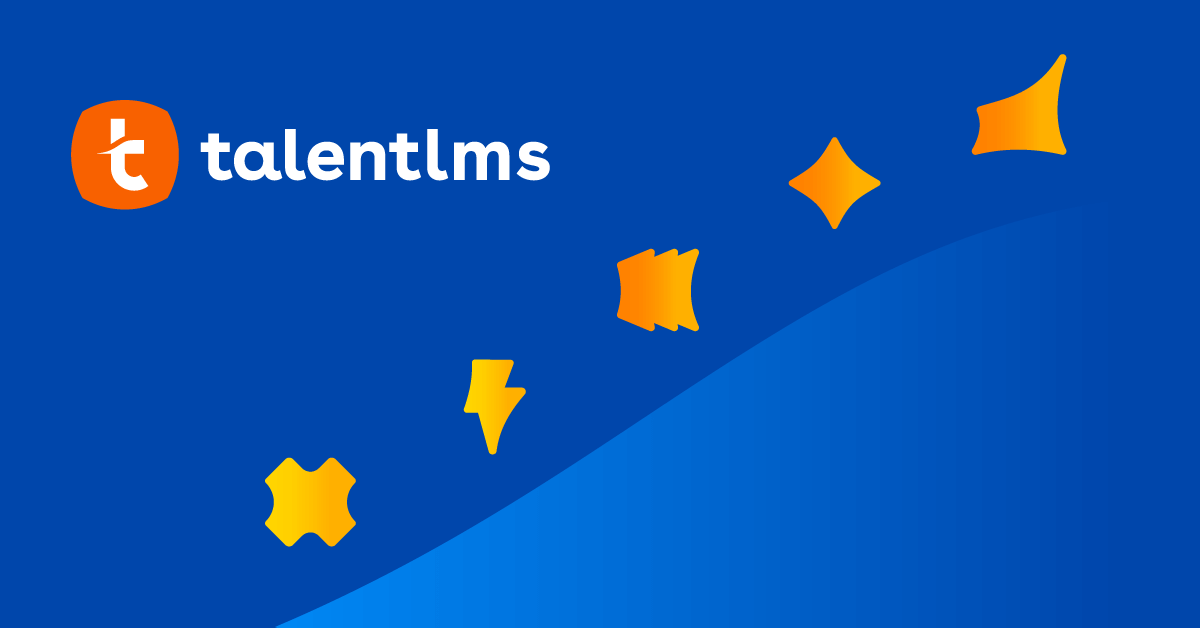Creating serious eLearning games is not only fun but rewarding too. We’ve already talked about how helpful and valuable games in eLearning context can be in the first two articles of this series here and here.
But as an instructional designer and eLearning developer you are not only working with instruction design theories but also combining game design theories to create game activity to learning goals alignment.
Gamification and learning goals
Alignment is the keyword in this article. How can game activities, whether information providing or informal assessing be aligned with learning goals? Better yet, what are the best teaching strategies (game play strategies) for a particular learning goal?
You will be surprised to discover that there are several types of learning goals and several choices of game play activities that can be aligned effectively to create a serious game that accomplishes its goal.
In this article we will uncover three tasks related learning goals in serious games:
- How is the theory of activity-goal alignment implemented for a serious game?
- What kinds of game-like activities are designed to ensure successful alignment, and
- What instructional goals lead to such activities?
One of the fundamental pillars of an eLearning serious game is the learning goal or goals. Learning goals define the scope of the game, the content to be included, the knowledge to be imparted and the assessment items needed to test the learning.
In designing a serious game, learning goals lend themselves to yet another functionality: designing game activities that enable the accomplishment of the learning goals. The alignment of these two yields to a successful serious game.
Defining a learning goal
How can we define a learning goal? We are not trying to explain the mechanics of developing a learning goal (action, criteria, behavior), but rather we are trying to establish what various learning goals achieve for the learner:
- Verbal or Factual Knowledge: Facts, terminology, acronyms or jargon
- Concepts
- Rules
- Procedures
- Soft skills
Game-play techniques
One of the common mistakes game and instruction designers make is using the same game-play techniques to teach these different types of learning goals. Notice how these game-play techniques help their related learning goal achievement:
- Game-Play to teach Facts: Activities for factual-related learning goals lead to memorization. The following strategies can be used within the serious game:
- Elaboration: Storyline and narration of facts within the story enables learners to grasp and retain facts better than cold facts demonstration across the screen. Serious games engage learners through compelling storylines and convincing characters that talk about facts as well as display them for reinforcement.
- Organizing: Sorting and matching activities with music.
- Association: match the following, drag and drop activities
- Repetition: replaying the scenario multiple times aids in memorizing.
- Conceptual Knowledge: Activities to explain the concept clearly. Learning goals in this case are broken down into smaller goals or chunks of knowledge. This is demonstrated by the game actor through examples. The concept is further drilled by asking the learner if a statement/example is true or false. The decision of the learner leads them to another screen for feedback.
- Rules: Serious games reinforcing rules can range from mathematical games that teach assignments, variables, declaration etc., to organization policies and standards for specific tasks. A popular technique is to show the scenario actor in distress or in a dilemma. The learner solves the dilemma by following the rules taught in earlier screens. Feedback is provided as encouraging music and a comment from the actor to motivate the learner to continue.
- Procedures: Simulation activities that create immersive environments are excellent game-play strategies that teach procedural knowledge. This is usually the toughest knowledge to grasp. A software simulation enables learners to choose options like “show me”, “guide me” or “do it for me”.The advantage of using game-play to achieve this learning goal is the absence of any real-world risks or fatalities associated with any mistakes made during simulation. Also, a casual, relaxed and non-penalizing environment in the game, encourages learners to try out the simulation until mastery.
- Soft Skills: Topics like strong work ethics, positive attitude, good communication skills, time management abilities, problem solving skills, acting as a team player, self-confidence, ability to accept and learn from criticism, flexibility and working under pressure, are some of the high-demand soft skills. These can easily be portrayed using serious games with scenario-based assessments.
This is the 3rd and last part of this series. I hope you enjoyed these articles about gamification as much as I did!
Feel free to share your insights and opinions in the comments below.
| Tags: Gamification

